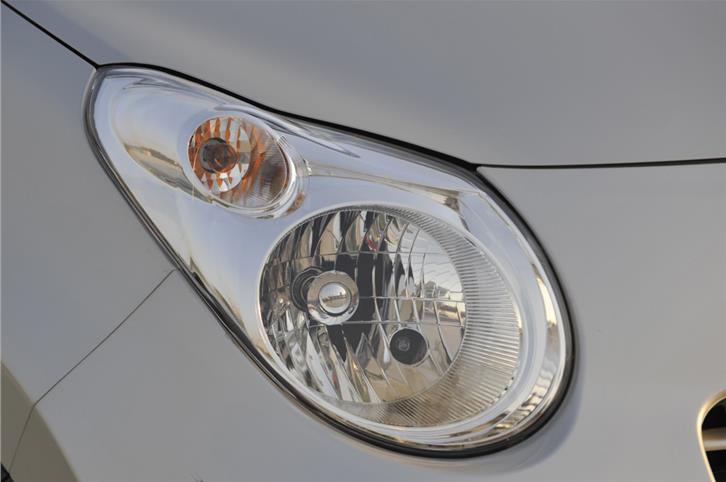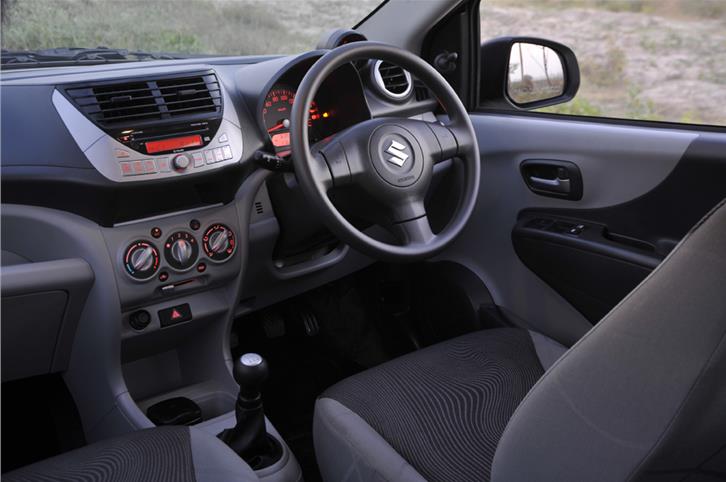
When we talk about hatchbacks only the successful ones come to our mind but what about the Unsuccessful Ones? One such example was the Maruti Suzuki A-Star which emerged as a promising contender in 2008. With its eye-catching design, fuel efficiency, and reliable Maruti Suzuki badge, it seemed poised for success. However, despite its potential, the A-Star faced significant challenges that led to its eventual destination to a list of failed car models in India. So Let’s Unravel the reasons as well as understand what caused it as well as how the brand has learnt from it.

The small car segment in India has always been a battleground for automobile manufacturers. Indian consumers have a strong affinity for compact, affordable, and fuel-efficient cars. The A-Star faced fierce competition from well-established rivals like the Hyundai i10 and its sibling, the Maruti Suzuki Swift. These competitors had already carved out a significant market share and brand loyalty, making it difficult for A-Star to penetrate the market effectively. One of the crucial factors contributing to A-Star’s struggle was its initial pricing strategy. When launched, the A-Star bore a slightly higher price tag, starting at Rs. 4.72 Lakhs to 5.50 Lakhs, than some of its immediate competitors like the Alto K10 or Renault Kwid. In a price-sensitive market like India, where every rupee matters, this put the A-Star at a disadvantage. Potential buyers were hesitant to invest more in a car that seemed to offer similar features and capabilities as its rivals but at a higher cost.

Distinctive in its appearance, the A-Star boasted a modern and aerodynamic design. However, design preferences can be subjective, and not all consumers were enamoured by its unique styling. Furthermore, some buyers found fault with the interior space, which was not as roomy as some of its competitors. Additionally, it lacked certain features that had become standard in the segment, such as touchscreen infotainment systems and rear parking cameras.
Despite being backed by one of India’s most trusted automobile manufacturers, Maruti Suzuki, the A-Star struggled to create a strong brand image. The marketing efforts might not have effectively highlighted its strengths or addressed the concerns of potential buyers. The lack of a compelling marketing campaign, coupled with suboptimal positioning in the market, failed to generate the desired excitement and demand for the A-Star.

As the automotive industry evolved, consumer preferences shifted. While the A-Star was indeed fuel-efficient, some consumers began to prioritize factors like safety features, connectivity options, and advanced technology. The A-Star’s limited focus on these emerging trends might have contributed to its inability to attract and retain customers.

The Maruti Suzuki A-Star’s journey from a promising contender to a sales flop remains a perplexing mystery in the annals of the Indian automobile industry. Despite its impressive fuel efficiency and solid performance, the A-Star struggled to make a lasting impression on buyers. Its failure to understand and adapt to the evolving market dynamics, coupled with fierce competition and pricing concerns, ultimately led to its downfall.

However, the automotive industry is a relentless and ever-changing landscape. As automobile manufacturers continue to innovate and respond to consumer demands, the lessons learned from the A-Star’s experience will undoubtedly shape the future of the small car segment. Perhaps, in this ever-evolving marketplace, another contender will rise to claim the crown that eluded the Maruti Suzuki A-Star. Only time will tell.








